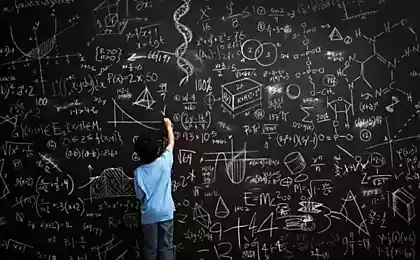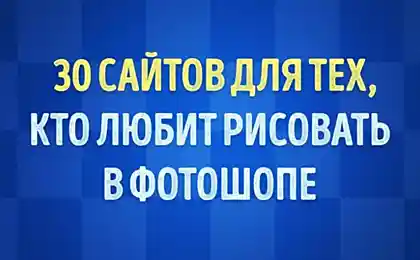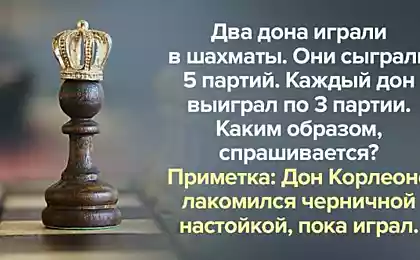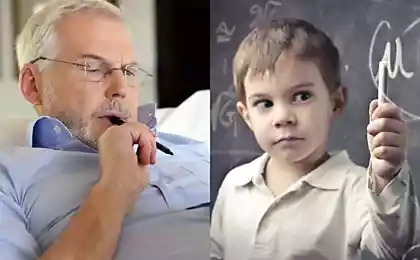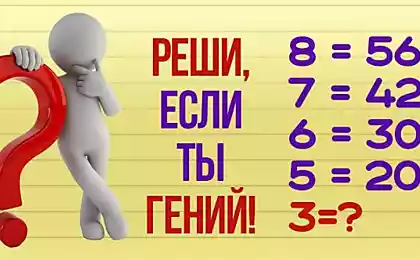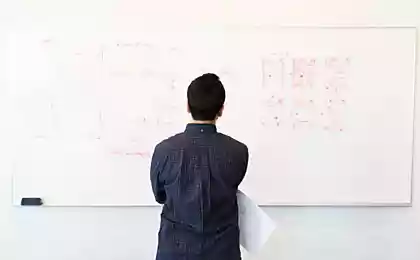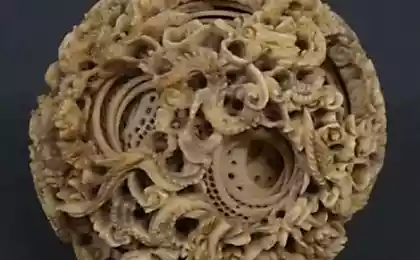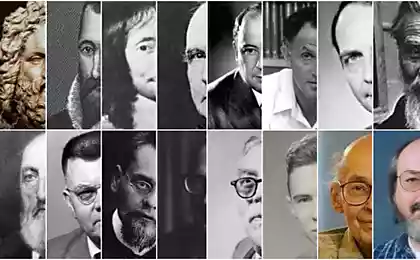139
Templates to easily click mathematical problems
We are constantly faced with different patterns. For example, 7 days in a week. In 7 days it will be the same day as today. This is an example of a cyclic pattern, or pattern, that helps us predict the course of events. Pattern search is an important mathematical tool. So today, we're learning to find patterns and solve problems based on them together.
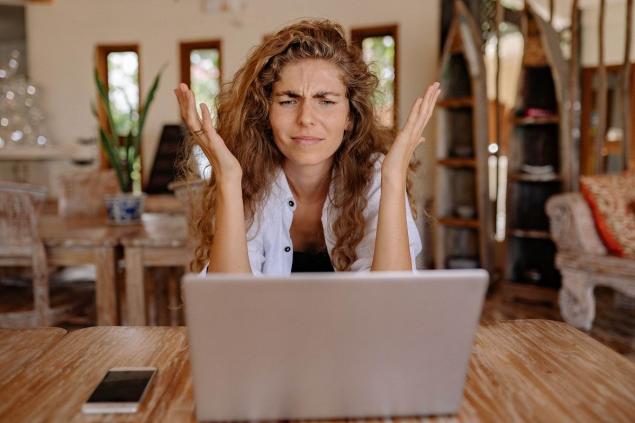
How to solve problems with templates Look at the picture below. It is quite easy to distinguish a repeating sequence of colors. After all, the stripes are located in strict order: red is always followed by yellow, then green and so on.
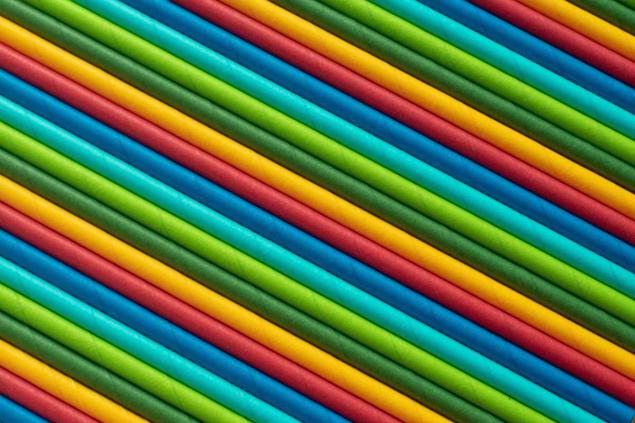
Now it will be easy to continue the pattern if necessary. But this is the simplest example in which only color changes cyclically. What if the size and shape of the elements change?
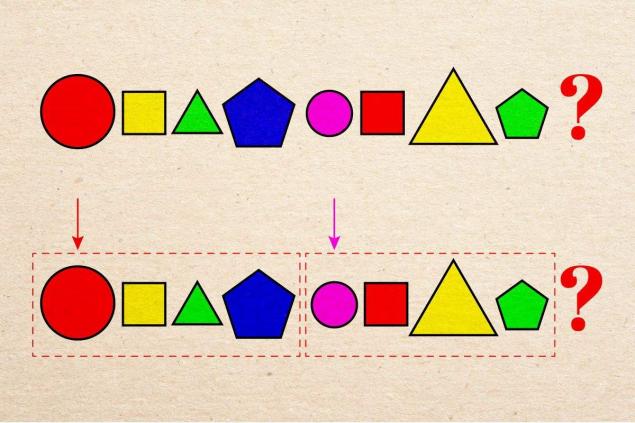
At first glance, a random jumble of colorful figures. But that's just the first one. Yes, recognizing the pattern and continuing the sequence here is really more difficult. However, knowing what and how to look, you will be able to cope.
To solve problems with templates, we use the following algorithm.
So, in the proposed sequence, there are three properties: shape, size, color. Let's start with a definition. pattern. For this, you need to divide the figures into groups of four. It becomes clear that the circle is always followed by a square, then a triangle and a pentagon. So the figure you're looking for is a circle.
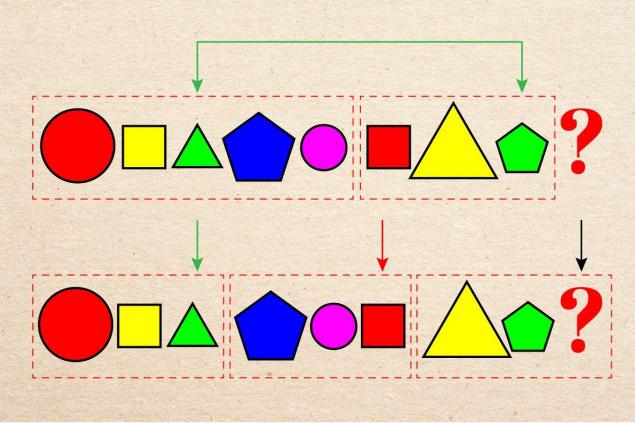
Colour pattern It can be seen if you divide the sequence into parts of 5 elements. It should be a little blue circle. Size pattern It will appear if you divide the figures into groups of 3 pieces each. And it looks like this: a large figure and two small ones. We conclude that our circle is small.
Examples of template tasks
Answers.
As you can see, our fun tasks help to spend time usefully. After all, ingenuity helps to search for unusual, interesting and simple solutions, achieving results not only in the game, but also in real life in the shortest possible way.

How to solve problems with templates Look at the picture below. It is quite easy to distinguish a repeating sequence of colors. After all, the stripes are located in strict order: red is always followed by yellow, then green and so on.

Now it will be easy to continue the pattern if necessary. But this is the simplest example in which only color changes cyclically. What if the size and shape of the elements change?

At first glance, a random jumble of colorful figures. But that's just the first one. Yes, recognizing the pattern and continuing the sequence here is really more difficult. However, knowing what and how to look, you will be able to cope.
To solve problems with templates, we use the following algorithm.
- Determine the number of properties in the sequence.
- Find a pattern for each property.
- Compare the templates to understand all the properties of the desired element.
So, in the proposed sequence, there are three properties: shape, size, color. Let's start with a definition. pattern. For this, you need to divide the figures into groups of four. It becomes clear that the circle is always followed by a square, then a triangle and a pentagon. So the figure you're looking for is a circle.

Colour pattern It can be seen if you divide the sequence into parts of 5 elements. It should be a little blue circle. Size pattern It will appear if you divide the figures into groups of 3 pieces each. And it looks like this: a large figure and two small ones. We conclude that our circle is small.
Examples of template tasks
- Challenge 1
Which of the four figures will continue the series?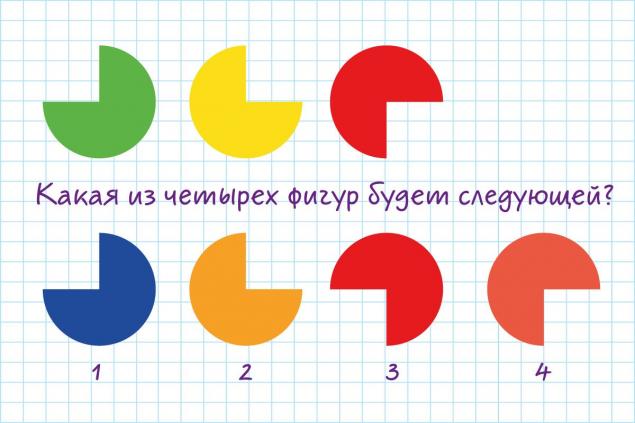
- Challenge 2
Try to figure out which figure should be in the last cell.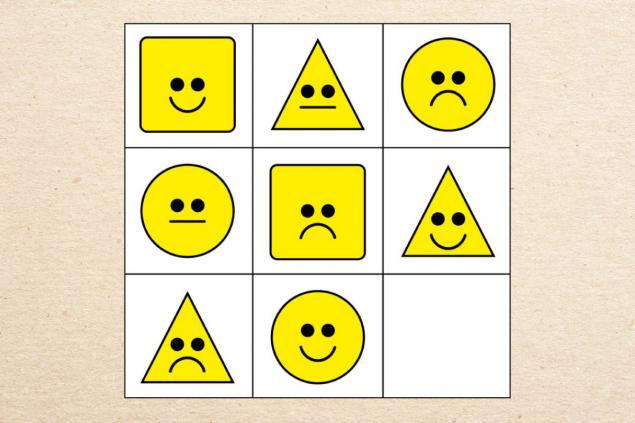
- Challenge 3
Which figure should take the place of the question mark?
676892 - Challenge 4
Even the master of the game “What?” could not answer this question. Where? When? Alexander Druz. What number should be at the parking space where the car is located?
Answers.
- There are two properties in this sequence: shape and color. But to find a color pattern, we don't have enough data. So we use a form pattern. Obviously, the cutout in the circles is shifting clockwise. Then he'll be right. variant.
- We have two properties: shape and shape of the smile. The figures are repeated diagonally from left to right and down. Smiles are repeated in a certain order diagonally. But from left to right and up. So the missing link. straight-line.
- Each row and each column contains one horizontally cut circle and two vertically cut circles. Half circles with horizontal cuts are always painted in the same color. Hence, the missing circle should be monochromatic and have a horizontal cut. Such conditions are met only by variant.
- The question, in fact, quite childish, but requires an unusual solution. To see the pattern, you need to look at the picture from the other side. Then it immediately becomes clear that the car is in the parking lot. number 87.
As you can see, our fun tasks help to spend time usefully. After all, ingenuity helps to search for unusual, interesting and simple solutions, achieving results not only in the game, but also in real life in the shortest possible way.
I choose the right dress to feel 10 kg slimmer in the summer
For what pancakes do you want to mess with a pan even in the heat?




